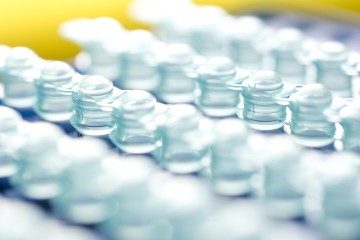Strategic grant
Labelled IMS TAG Proteins for Quantitative Mass Spectrometry Imaging

At a glance
Completed
Award date
August 2014 - July 2016
Grant amount
£242,370
Principal investigator
Professor Malcolm Clench
Co-investigator(s)
Institute
Sheffield Hallam University
R
- Replacement
